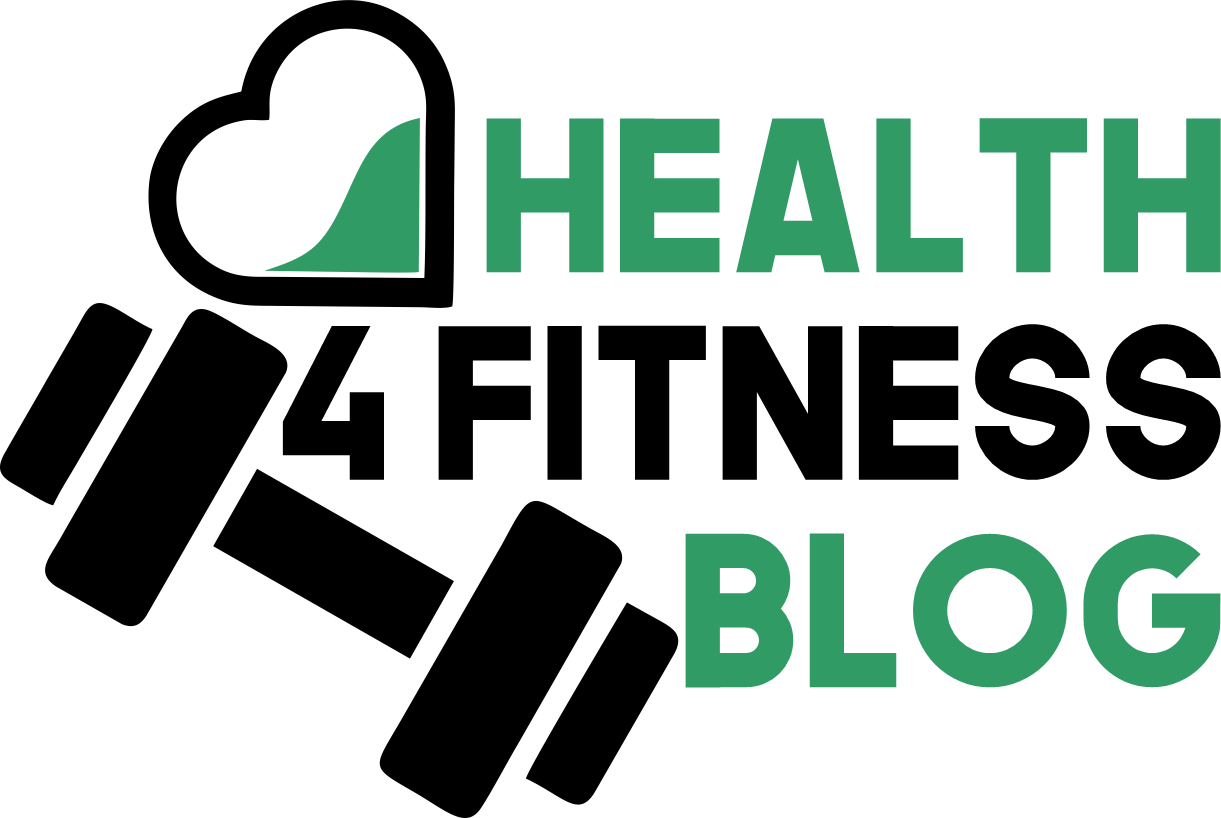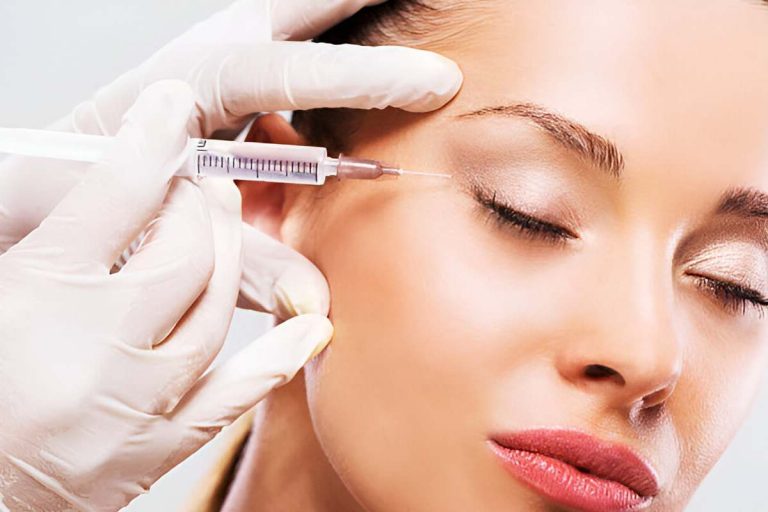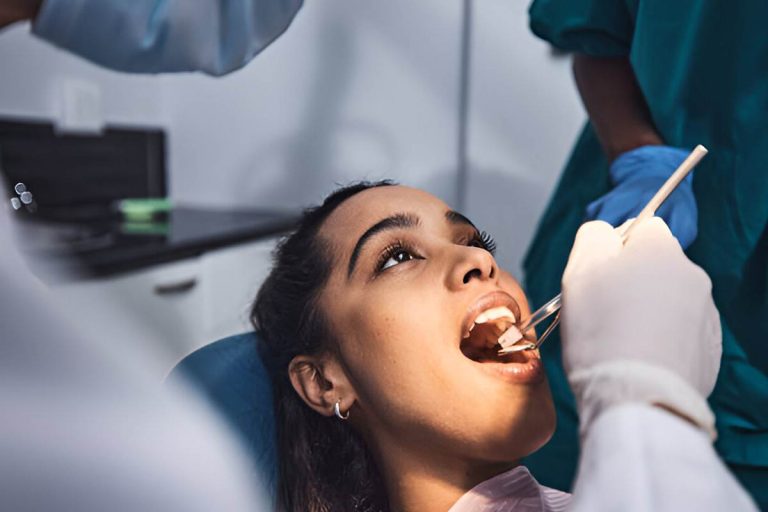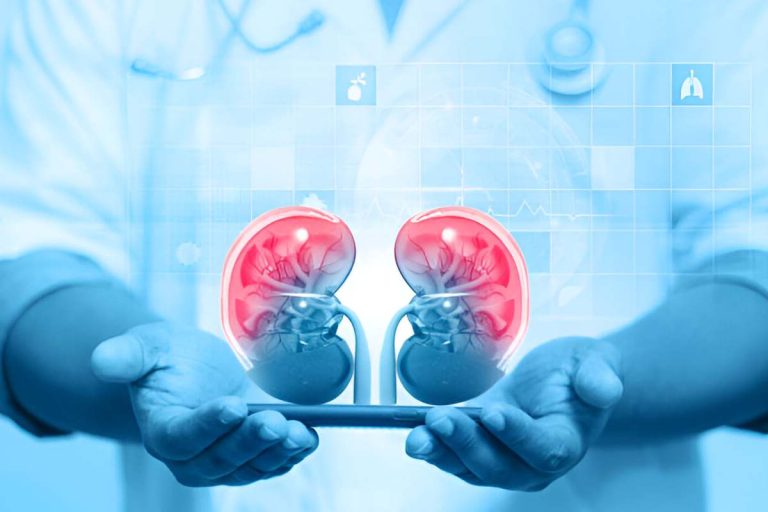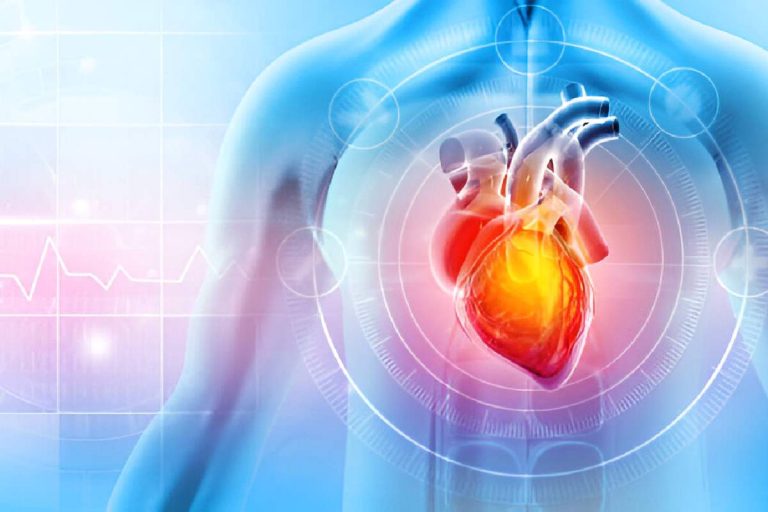My neighbor’s sudden heart attack last year was a wake-up call. At 52, he seemed healthy—regular jogger, no obvious warning signs. Yet there he was in the emergency room, joining the staggering 17.9 million people worldwide who face cardiovascular disease each year.
This experience sent me down a research rabbit hole that revealed something both alarming and hopeful: while heart disease remains a leading killer, about one-third of cardiovascular deaths could be prevented through lifestyle changes, according to the American Academy of Family Physicians.
Understanding Your Heart Disease Risk
Cardiovascular disease encompasses several conditions affecting your heart and blood vessels—from heart attacks and strokes to high blood pressure and heart failure. The major killers include coronary heart disease, stroke, high blood pressure, heart failure, and peripheral artery disease.
Certain factors do increase your risk: being a woman over 45 or man over 35, having family history, living with diabetes or high cholesterol, and smoking or drinking heavily. But genetics don’t seal your fate. Your daily habits carry more weight than your DNA when it comes to heart health.
Five Essential Prevention Strategies
Prioritize Heart-Healthy Eating
What you eat directly influences inflammation, cholesterol levels, and blood pressure. The American Heart Association cardiovascular prevention guidelines emphasize an overall healthy eating pattern featuring whole foods, plenty of fruits and vegetables, lean proteins, nuts, seeds, and cooking with oils like olive and canola rather than tropical varieties.
Foods that actively protect your heart include omega-3 rich fish like salmon and sardines (aim for two servings weekly), leafy greens such as spinach and kale, antioxidant-packed berries and citrus fruits, nuts and seeds for healthy fats, and fiber-rich whole grains like oats and quinoa.
On the flip side, processed meats, trans fats found in margarine and fried foods, excess salt (keep it under 6g daily), and added sugars from soft drinks and sweets actively harm your cardiovascular system.
A simple approach that works: fill half your plate with vegetables, one quarter with lean protein, and one quarter with whole grains. This formula beats complicated diet plans every time.
Make Movement Non-Negotiable
Federal health guidelines recommend at least 150 minutes of moderate-intensity aerobic activity weekly for heart health—essentially 30 minutes, five days a week. The good news is that moderate-intensity doesn’t mean grueling workouts. Brisk walking where you can talk but not sing, swimming laps, cycling on flat terrain, dancing, or even gardening all count.
Research demonstrates that regular physical activity can reduce cardiovascular disease risk by over 80% when combined with other healthy habits. Start small and build gradually: begin with 10-minute daily walks for the first two weeks, increase to 15 minutes for weeks three and four, then 20 minutes for weeks five and six, finally reaching 30 minutes five days weekly.
Adding two resistance training sessions per week provides extra benefits. Simple bodyweight exercises like push-ups, squats, lunges, and planks work perfectly without requiring gym equipment.
Address Tobacco and Alcohol
Smoking damages blood vessels immediately, creating inflammation and reducing oxygen in your blood with every cigarette. The encouraging news about quitting: your heart attack risk begins dropping within 24 hours, gets cut in half within one year, and your stroke risk equals that of a non-smoker within five years.
Alcohol presents a more complex picture. Moderate drinking—one drink daily for women, two for men—may offer some cardiovascular protection, but excessive consumption raises blood pressure and damages heart muscle.
If you’re quitting smoking, set a specific quit date, remove all tobacco products from your environment, identify your personal triggers, consider nicotine replacement therapy, and seek professional support when needed. For reducing alcohol intake, honestly track your current consumption, set specific limits like two drinks maximum on weekends only, replace alcoholic beverages with sparkling water and lime, and avoid keeping alcohol at home.
Manage Stress Effectively
Chronic stress literally changes your heart by raising cortisol levels, increasing blood pressure, and promoting inflammation throughout your body. Effective stress management requires a three-pronged approach addressing physical, mental, and social aspects.
Physical stress release comes through daily nature walks, yoga or stretching, deep breathing exercises, and maintaining a regular exercise routine. Mental stress management involves starting with just five minutes of daily meditation, keeping a 10-minute evening journal, reading fiction (which reduces stress by 68% according to research), and limiting exposure to news and social media.
Social stress support means maintaining close relationships, joining community groups or clubs, seeking professional help when feeling overwhelmed, and practicing saying “no” to unnecessary commitments.
A practical daily protocol takes just 30 minutes total: a 10-minute morning walk outside, a 5-minute midday breathing break, and 15 minutes of evening reading or gentle stretching. This small investment prevents hours of stress-induced cardiovascular damage.
Prioritize Quality Sleep
Poor sleep increases heart disease risk by 48%, while your heart needs 7-9 hours nightly for proper repair and reset. During quality sleep, your blood pressure naturally decreases, heart rate slows and recovers, stress hormones reset to normal levels, and inflammation markers reduce.
Essential sleep hygiene includes maintaining the same bedtime and wake time even on weekends, keeping your room dark and cool (18-21°C), avoiding screens for one hour before bed, investing in a comfortable, supportive mattress, and using blackout curtains or an eye mask.
Common sleep destroyers include caffeine after 2 PM, large meals within three hours of bedtime, alcohol consumption (which disrupts deep sleep phases), stress and overthinking, and irregular schedules.
An effective wind-down routine: dim lights and put your phone away at 9 PM, take a shower or bath at 9:30 PM, read fiction in bed at 10 PM, and lights out by 10:30 PM.
The Power of Combined Habits
These strategies work synergistically, not in isolation. When you combine all five habits, research shows cardiovascular disease risk drops by over 80%—better protection than most medications provide.
Expect to feel more energetic within the first month, see improvements in blood pressure and resting heart rate by months two and three, notice optimized cholesterol levels by months four through six, and achieve dramatic cardiovascular disease risk reduction after one year of consistent practice.
When to Seek Medical Attention
While lifestyle changes prevent most heart disease, certain symptoms demand immediate medical evaluation. Call emergency services for chest pain or pressure, shortness of breath with chest discomfort, pain radiating to your arm, neck, or jaw, sudden severe headache, or difficulty speaking or understanding speech.
Schedule a GP appointment for persistent fatigue, irregular heartbeat, swelling in legs, ankles, or feet, dizziness or fainting spells, or consistently high blood pressure readings.
Advanced Prevention Techniques
Once you’ve mastered the basics, consider heart-rate variability training by monitoring your weekly resting heart rate (lower, more consistent rates indicate better cardiovascular fitness), exploring intermittent fasting such as the 16:8 method (after consulting your GP), trying cold exposure through cold showers or swimming to potentially improve circulation and reduce inflammation, and discussing targeted supplements like omega-3 fatty acids, vitamin D, or magnesium with your healthcare provider if you have deficiencies.
Frequently Asked Questions
How quickly will I see results?
Blood pressure and resting heart rate improvements can appear within 2-4 weeks, while cholesterol and other markers typically improve within 3-6 months of consistent healthy habits.
Can existing heart disease be reversed?
Some damage can be reversed, particularly with early intervention. Dr. Dean Ornish’s research demonstrates that intensive lifestyle changes can reverse coronary artery disease in some patients.
What about family history?
While genetics increase risk, they don’t guarantee disease. Think of it this way: genetics load the gun, but lifestyle pulls the trigger. These prevention habits become even more crucial when you have family history.
How strict should my diet be?
Follow the 80/20 rule—make healthy choices 80% of the time while allowing flexibility for social events and occasional treats.
Is it too late to start after 50?
Research from the Mayo Clinic heart disease prevention studies shows that exercising regularly in middle age can improve blood vessel elasticity and significantly reduce cardiovascular disease risk regardless of when you start.
What’s the most important single habit?
If choosing just one, start with daily movement. Exercise positively affects all other risk factors and creates momentum for additional healthy changes.
Preventing cardiovascular disease doesn’t require perfection—it requires consistency with proven strategies that protect your heart for decades to come. The path forward is clear, and it’s never too late to start.

